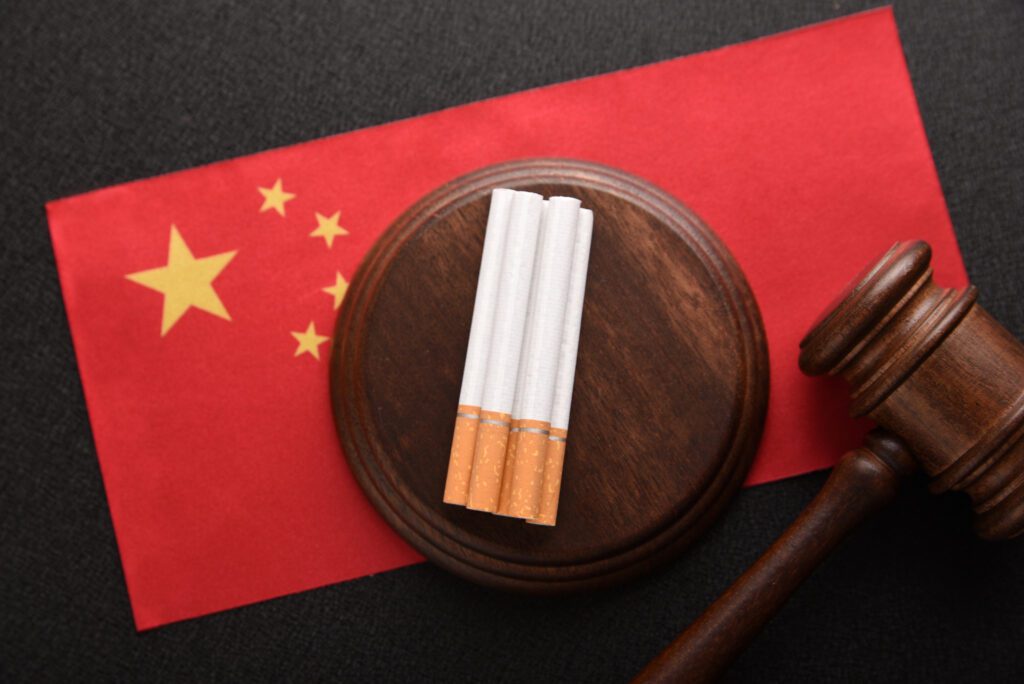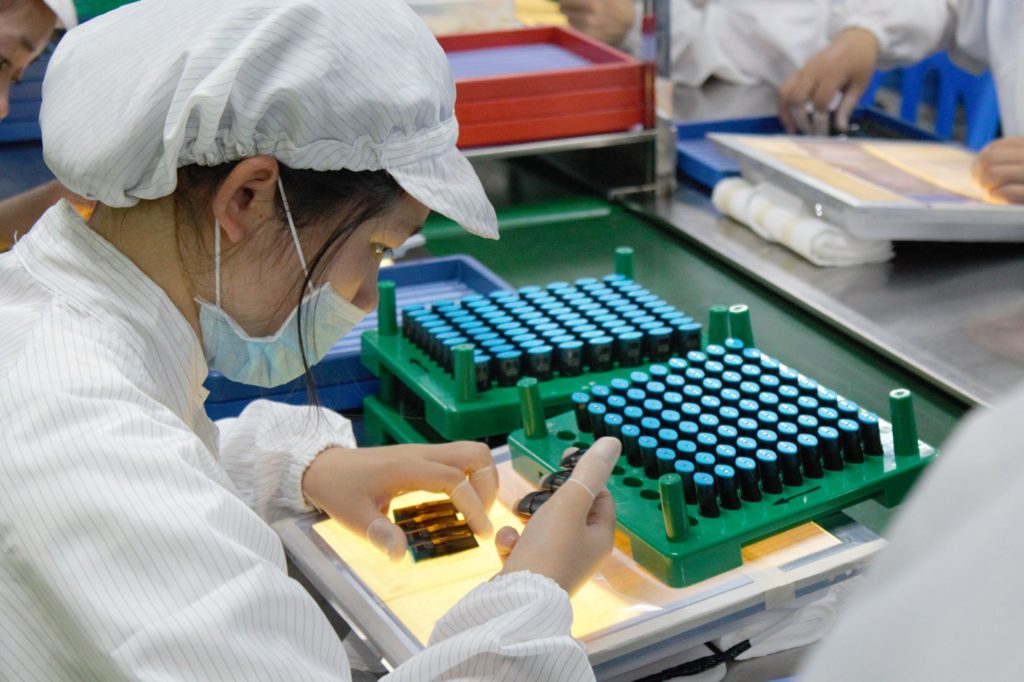
Xu Ying, the deputy head of China’s State Tobacco Monopoly Administration, commonly referred to as China Tobacco, has been expelled from the Communist Party of China and removed from his position due to serious violations of discipline and laws, according to the country’s top anti-corruption authorities on Wednesday.
The probe has been carried out by the Communist Party of China Central Commission for Discipline Inspection and the National Commission of Supervision.
Xu, 59, was found to have reportedly accepted gifts and money and attended banquets in violation of regulations. He also failed to report personal matters truthfully and sought benefits for multiple relatives regarding employment and job transfers, the top anti-corruption authorities said in a statement.
It added that Xu abused his power and misused public resources to seek benefits for others and for personal gain. He allegedly engaged in significant power-for-money transactions, using his position to seek benefits for others in administrative approvals, business operations, and employee recruitment, and illegally accepting large amounts of money and goods.
The top anti-corruption authorities identified Xu’s behavior as severe violations of the Party disciplines. Therefore it decided to expel him from the Party and confiscate all his illicit gains, reports China Daily.
The statement added that his suspected violations of national laws will be transferred to prosecutors for further criminal review and investigation.
Public information shows that Xu started his career in the administration in 1988. Since then, he has worked for the nation’s tobacco industry for decades.
In March 2014, he became the deputy head of the tobacco administration.










